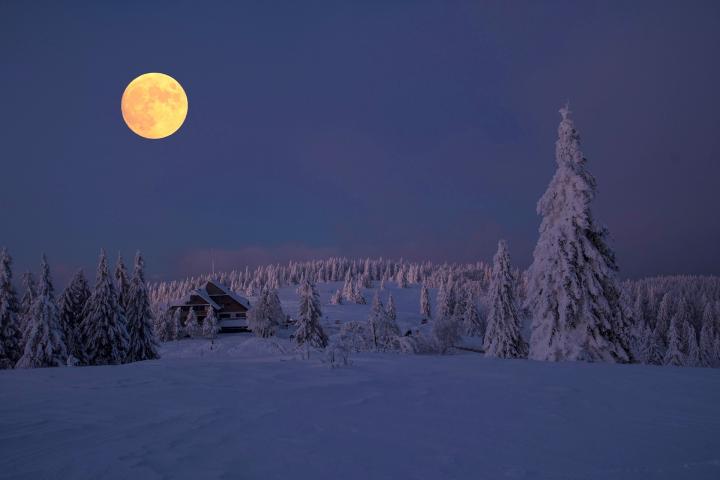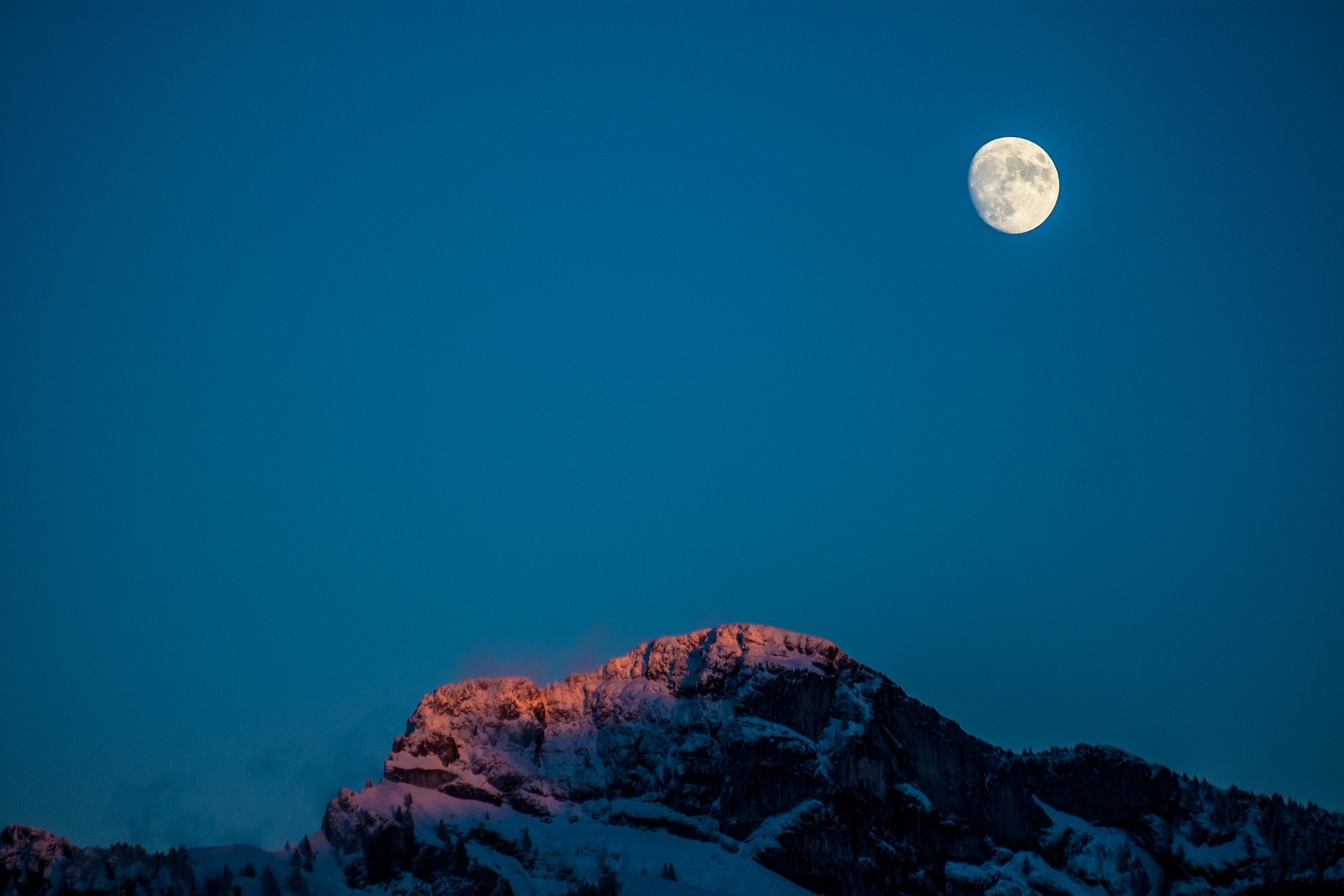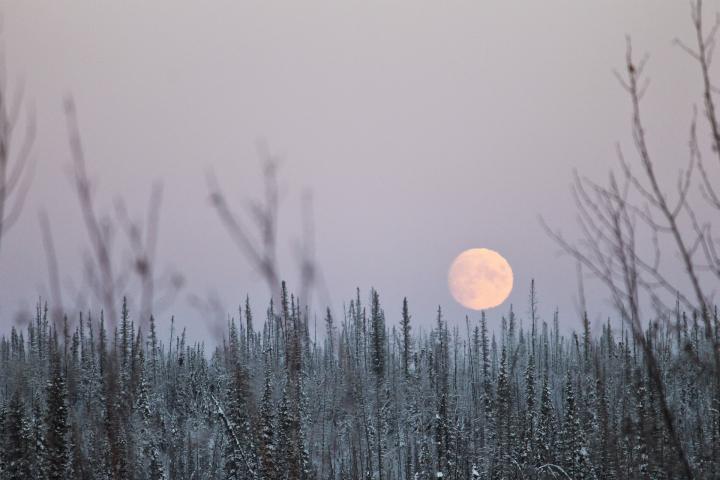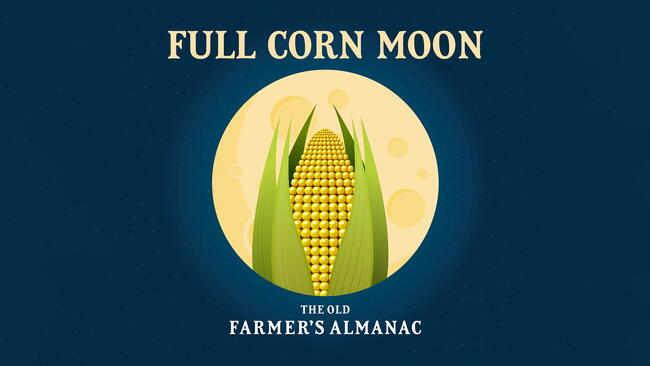Primary Image

Photo Credit
Colleen Quinnell/The Old Farmer's Almanac
Discover Why February’s Moon is Called the Snow Moon and How to See It at Its Peak
Moon and fish in the sea is are new life in Universe.
Hello
Burrrr 💜🙏
They are very powerful and are made of safe and legal ingredients that give instant results with minimal side effects.
Some of us don’t like injection or pain; most anabolic
steroids are injectable, which might be uncomfortable for some
people. With Crazy Bulk products, there are no legal worries the law is very
stringent when it comes to anabolic steroids. Crazy bulk
is legal steroids approved by the law, so you needn’t worry about being banned or
stopped by the law. HGH-X2 is designed to assist your body in the production of HGH – human growth hormone.
Sportsteroids.com is by far one of the most trustworthy online supplement suppliers.
Besides providing high quality and certified products,
they work hard to take care of their customers and ensure that every order reaches its destination safely.
The Sportsteroids team offers active 24/7 customer support through online chat.
They will gladly answer any questions or concerns you may have regarding their service or products.
So while I’m not saying that it’s impossible, those side effects seem highly improbable.
These drugs are perfect for athletes or recreational bodybuilders who could use a slight edge, but they’re
not going to add the kind of muscle as we’d
see on a steroid cycle. When taking steroids, many report increased acne which can cause pain but can also just be uncomfortable
and hurt your confidence. Since acne effects everyone at different times and is very common, there are many ways to treat acne,
some naturally and others may require a doctor.
Acne is a result of dihydrotestosterone which is an androgen metabolite
of testosterone .
But at the risk of redundancy, we just don’t
know as much about SARMs as we do about other drugs, and this applies to both published scientific data as well as real-world use and user feedback.
And while real-world feedback is important, as with
any illicit substance, there are always the questions of quality control and subjectivity.
Medicine-dropper bottles with labels made on a home printer don’t exactly fill me with confidence
for the product inside. Again, owing to their intent for long-term usage,
SARMs do not have the same deleterious effect on the liver.
In the case of oral steroids, they are almost always methylated, which is a chemical alteration that makes them resistant to being broken down by the liver.
More information on this can be found in our guide on reproduction and development.
The hypothalamus interacts with the anterior pituitary gland through
a portal system, or network of intertwined blood vessels and capillaries.
This particular portal system is known as the hypophyseal portal system.
The hypothalamus secretes its own set of hormones into the hypophyseal portal system to signal the anterior pituitary to take action. Tyrosine derivative hormones
are also lipid soluble and require a protein transport molecule to be
carried in the blood. As you might guess, they are modified versions of the amino acid tyrosine.
This means that they are very small hormones in contrast to peptide and steroid hormones.
This product is known for boosting recovery speeds
and enhancing strength and size. It’s considered one of the most popular products that enhance muscle gain. For
this post, we are going to give you everything you need to know about crazy
bulk. The above stated, it is however believed that the ideal
dosage in order to benefit as much as possible fromboldenone
undecylenate) would be anywhere between 400mg and 600mg per week.
The first thing which needs to be said is that, in general, the collateral
effects of administering Equipoise are by no means of a harsh
nature, as it may happen with many other steroids.
Its chemical structure makes it prone to being converted in estrogens, but this happens in a rather mild fashion.
Sadly, Dianabol is also one of the riskiest steroids that you can use for performance enhancement.
Most first timers on Dianabol are surprised at how fast they can rack plates to
the rod. A double bond is added at the Carbon 1 and
2 positions and a methyl group is added at the 17th position.
Today, we will talk about Dianabol, the most famous oral steroid of all times.
The infamous pink pill that has the potential to turn you ‘huge’ in a matter of days.
You can enjoy a better level of strength and stamina after taking steroids.
Legal steroids can manipulate your body’s metabolism, often inducing a sporadic growth in our
muscle tissue. Anabolic-androgenic steroids are formulated synthetically and are a counterfeit version of the male sex hormone,
i.e., testosterone. Nowadays, many of the powerful bodybuilding and fitness supplements are too much costly to buy as well as we cannot verify its effectiveness as well.
Although, it’s enormously significant to confirm that you make a good
link about the preferences you absolutely trust on. All the ingredients
included in a supplement are 100% safe, legal and natural along with
will not harm to your body. Furthermore, we also offer the
superb deal, in which you get one free bottle of supplement in a purchase of two supplement bottles.
If you have run multiple cycles of Dianabol,
then you can go up to 25-35mg/day. Make no mistake, Methandrostenolone
is an extremely strong drug and despite what you might read on messaging boards, you don’t probably need a high dose to get good results.
This significantly reduces the androgenicity of the drug, amplifies
the anabolic nature and allows it to survive, breakdown by the liver.
In fact, a lot of big guys in the 80s died premature deaths and this was what set alarm bells ringing in the medical community about steroid abuse.
My blog post; 15 year old on steroids
Hi Carol Ann
Saw your comment and just want to agree! I think this has
been the coldest winter in the last 10 years. Stay warm!
People are definitely more crazy during a full moon. Also, there are more homicides during a full moon . . . fact.
I’m a fan of all the information thank you!
"Wolves have howled at the Moon for centuries, yet it is still there." Hilarious quote, but you give no attribution for it.
It's said that the full moon brings out the beast in you..why is that?
- « Previous
- 1
- 2
- …
- 10
- Next »













Comments